SOLID DRAWING
The basic principles of drawing form, weight, volume solidity and the illusion of three dimension apply to animation as it does to academic drawing. The way you draw cartoons, you draw in the classical sense, using pencil sketches and drawings for reproduction of life. You transform these into color and movement giving the characters the illusion of three-and four-dimensional life. Three dimensional is movement in space. The fourth dimension is movement in time.
A live performer has charisma. An animated character has appeal. Appealing animation does not mean just being cute and cuddly. All characters have to have appeal whether they are heroic, villainous, comic or cute. Appeal, as you will use it, includes an easy to read design, clear drawing, and personality development that will capture and involve the audience's interest. Early cartoons were basically a series of gags strung together on a main theme. Over the years, the artists have learned that to produce a feature there was a need for story continuity, character development and a higher quality of artwork throughout the entire production. Like all forms of story telling, the feature has to appeal to the mind as well as to the eye.
Some examples Frank and Ollie give in "The Illusion of Life" representing Solid Drawing and Appeal -
Avoid flat, stiff drawings, which is unappealing compared to a character which is drawn with dimensionality and rhythm, which is appealing to look at :
You'd be hard pressed to find any Fred Moore drawing which doesn't ooze charm and appeal, backed up with solid drawing (construction) . Fred Moore revolutionized the look and design of Disney animation (and the whole animation industry) in the mid-'30's throughout the 1940's , from his redesigning of Mickey Mouse, to his design of the Seven Dwarfs, and beyond ... The great animator Marc Davis (no slouch himself in the area of masterful design and animation) paid him the ultimate compliment when he said: "Fred Moore WAS Disney drawing"
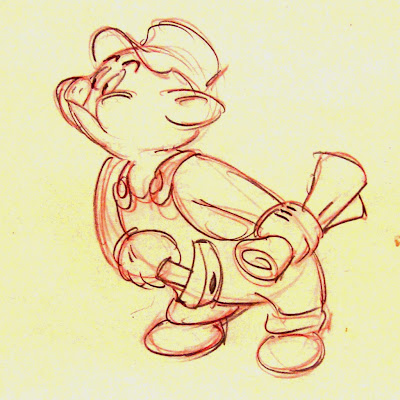
(Fred Moore animation rough of the Practical Pig from "The Three Little Pigs" )

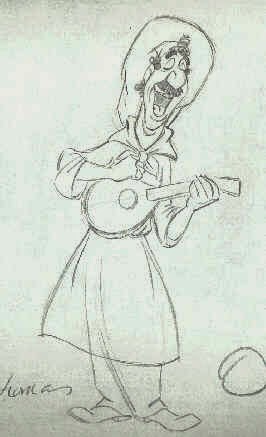
(Tony and Joe by John Lounsbery from "Lady and the Tramp" . )
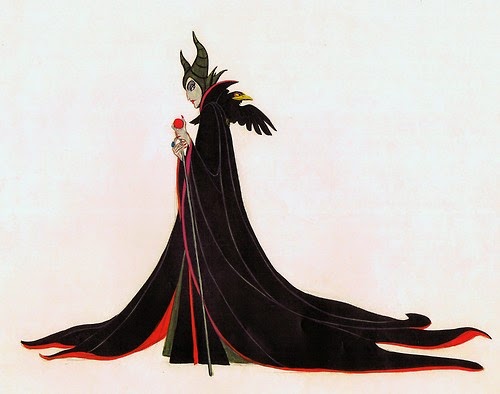
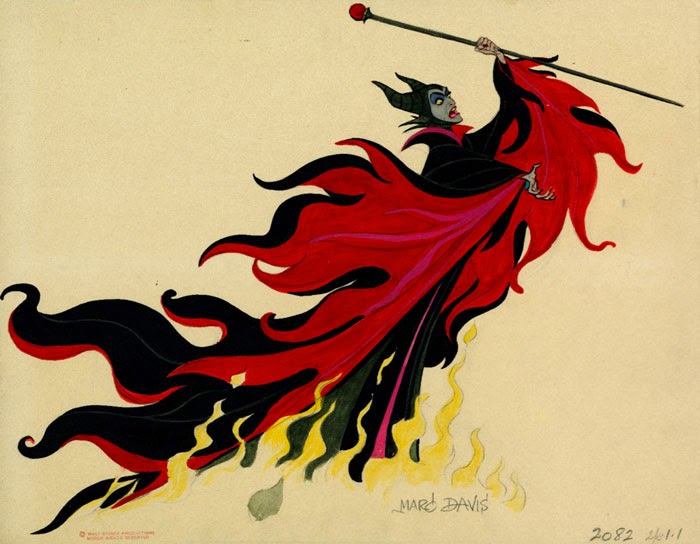
(Maleficent from "Sleeping Beauty" by Marc Davis)
Andreas Deja put together a series of drawings showing the Disney style of Appeal and Solid Drawing, such as this one:
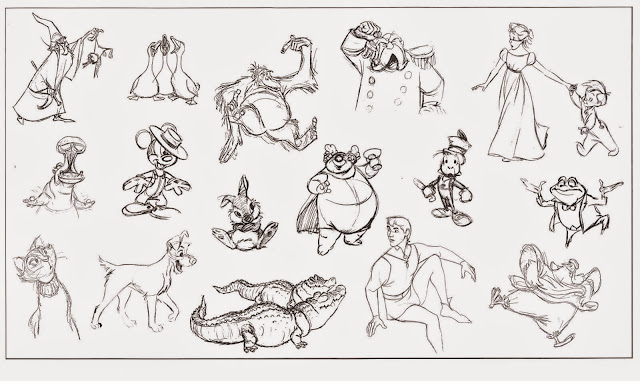
You can find the rest of these drawings posted on Andreas's blog:
http://andreasdeja.blogspot.com/2011/07/disney-eye-candy.html
Again, examples could be found from many other animation studios (for just one example: I happen to think that Chuck Jones and the animators on his unit at Warner Bros. made some of the most "appealing" character drawings ever , easily matching the Disney animators for solid drawing and appeal. So there's a lot out there to look at for examples of solid drawing and appealing characters , not just in animation , but also in comics , such as Walt Kelly ("Pogo") or Charles Schultz ("Peanuts"), or Mad Magazine artists such as Mort Drucker or Jack Davis and "the usual gang of idiots". PLEASE UNDERSTAND: It's not just any single style ("Disney style") that is "appealing" , although there are numerous examples of modern cartooning and animation styles that do seem purposely UGLY (or maybe just unskilled and awkward ?) which could be named , but I'd prefer to focus on the positives .
Reference:
http://characterdesign.blogspot.com/
https://www.pinterest.com/characterdesigh/
http://characterdesignnotes.blogspot.com/
among other sources.
.


No comments:
Post a Comment
Note: Only a member of this blog may post a comment.